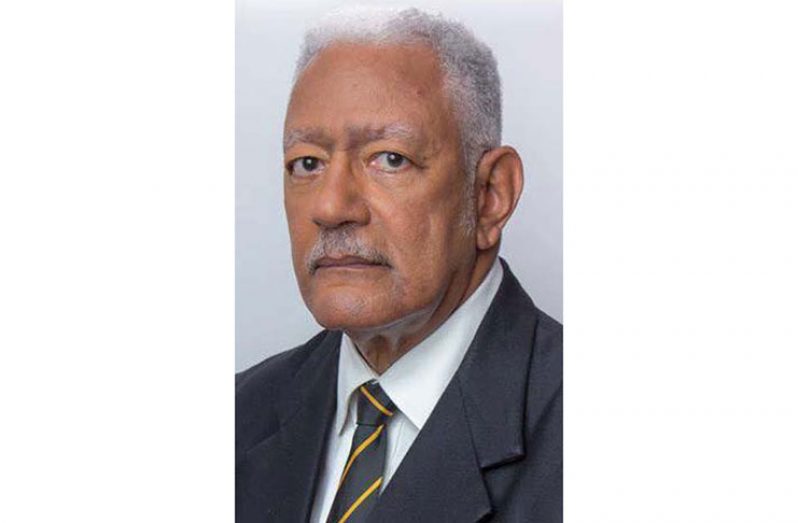THE Mano Julio group out of neighbouring Brazil, having already tested the soil type with a successful crop of corn and soy bean is expected to start cultivation early next year, Minister of Agriculture, Noel Holder told this publication in an exclusive interview on Friday.
He explained that Guyana is poised for once again becoming the bread basket of the Caribbean and further afield as plans are afoot to partner with a group of Brazilian investors for an industrialisation of agriculture plan.
This investment plan will translate into a mega state-of-the-art farm in the intermediate Savannah, Region 10.
Upon full implementation of the project, Minister said that the intermediate savannah will see some 5000 hectares of corn and soybean which will eventually translate to protein (livestock) animal feed and fuel (biofuel).
He explained that phase one will also include the development of 5000 of the 50,000 hectares targeted for development under the proposed project.
This, he said, will be followed by the inclusion of value-added products which will see the transformation of vegetable protein into animal protein and agro-industrial processing which include bio-ethanol production in the second and third phases of the investment.
Meanwhile, Minister Holder said given the challenges of climate change and other traditional crops grown on the coastland, government has over the years been stressing the need to move agricultural production more inland, hence the decision for the savannahs to be utilised.
In the coming years, he said the Region 10 intermediate savannah as well as the Rupununi savannah will be seen as the new agricultural frontier.
He explained that the investors outlined that the Ebini intermediate savannah was sought out given its strategic location which is only 100 miles away from a main port, which allows for ease of access to North America and European markets. Adding that other key advantages of utilising intermediate savannahs includes the similarities in soil type, Minister Holder said investors are already working with, good water supply and rainfall patterns and ready access to the Atlantic through the Berbice river.
He also explained that the billion-dollar investment will see the creation of jobs for Guyanese, the transfer of technology and a boost to science-based agricultural endeavors such as the production of biogas, glycerin, research institute, and general infrastructural development.
Further, Holder said that the investment will also translate to US$50 million of foreign currency earnings annually, 1000 direct employment and 3000 indirect employment with food security and agro-industrial process. “It is envisaged that once the project gets underway, it will make Guyana self-sufficient within the first year, and by the end of the second year, the yield will be more than enough to supply the regional and international markets,” he said.



.jpg)










